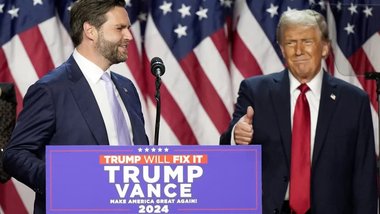Data on forced migrants in the context of the war presented to the participants of the Synod of Bishops of the UGCC

Dr. Oksana Mikheeva presented these findings in her report on the main topic of the 2023 Synod of Bishops, as reported by the Information Department of the UGCC.
In her report on the internal and external forced migration of Ukrainian residents in the context of the full-scale Russian invasion, the speaker presented statistical data on the number of Ukrainian refugees abroad and internally displaced persons, key problems they face, as well as their current situation and future intentions.
According to the International Organization for Migration (IOM), in the summer of 2023, Ukraine had 5.1 million internally displaced persons (IDPs). This number includes 353,000 people who returned from abroad but not to their own homes.
Among other things, Ms. Oksana Mikheyeva noted that, according to the IOM, the most vulnerable categories among Ukrainian migrants are the elderly, children aged 5-17, and people with chronic illnesses.
Regarding the forced displacement of Ukrainians abroad, virtually all European countries have become involved in assisting Ukrainian refugees.
"Data on the regions from which Ukrainian forced emigrants come differ in various surveys. However, the top five regions generally remain the same: Kyiv and Kyiv region, Zaporizhzhia, Kharkiv, Donetsk, and Dnipropetrovsk regions," noted the speaker.
It is important to mention that recent surveys in Bern, Warsaw, and Berlin show a certain demand among people for support from religious institutions when needed.
Summing up, the speaker emphasized the problematic nature of forced migration statistics as a whole, especially migration to aggressor countries. According to UNHCR estimates, from the beginning of the war until June 2023, 1,275,315 Ukrainian refugees were officially registered in Russia and 27,675 in Belarus.
"However, since Ukraine does not control the border with Russia in conflict areas and the border with the quasi-states 'DNR-LNR' in the occupied parts of Donetsk and Luhansk regions in 2014, it is impossible to verify this data. Similarly, it is practically impossible to distinguish, within these statistics, Ukrainian citizens who voluntarily crossed the border into Russia from those who were deported, are in captivity or were forced to leave through the so-called 'humanitarian corridors,' which are only open in one direction – towards Russia," emphasized Prof. Dr. Oksana Mikheyeva.










